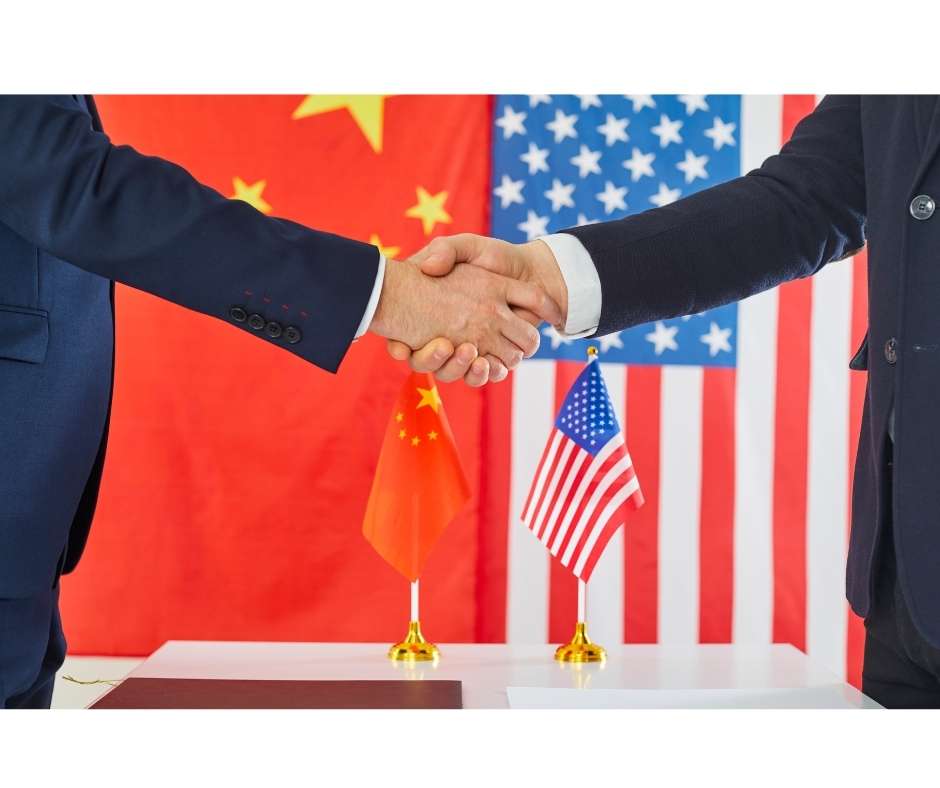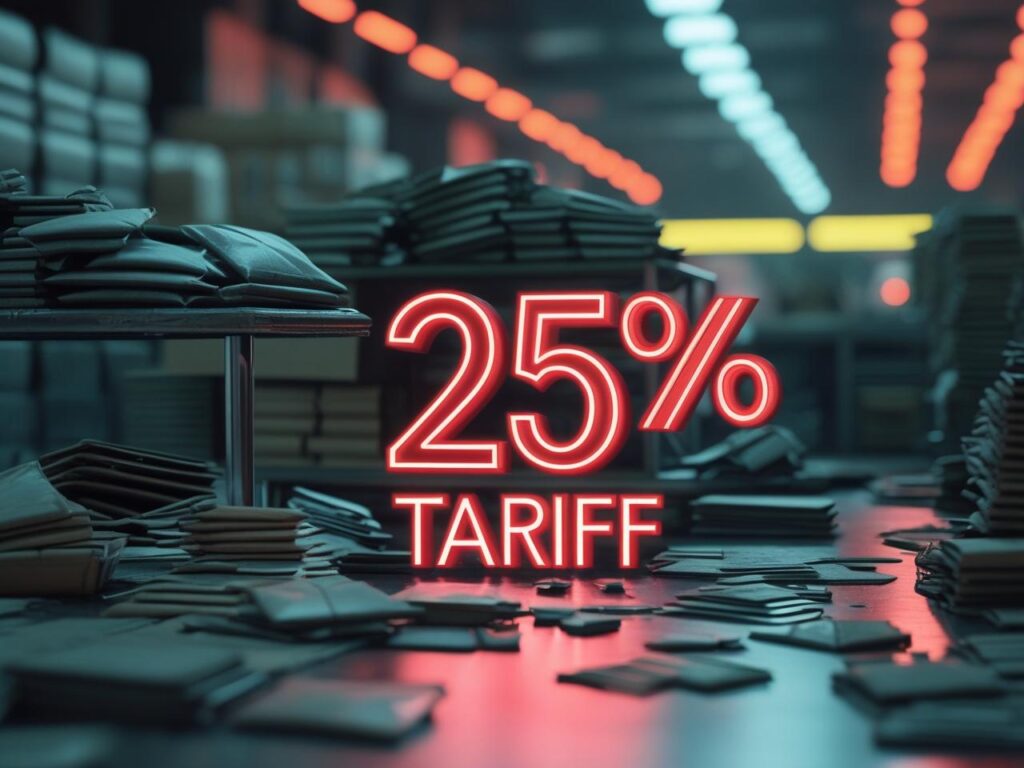As the clock ticks down to a crucial tariff deadline, Treasury Secretary Scott Bessent revealed on Thursday that the United States and China are nearing the final stages of a new U.S.-China trade deal.
Speaking on CNBC’s Squawk Box, Bessent said, “I believe that we have the makings of a deal.” He added that only a few technical issues on the Chinese side remain unresolved. “I’m confident it will be done, but it’s not 100% done yet,” he clarified.
Tough Talks in Stockholm
The comments come after two intense days of negotiations between American and Chinese delegates in Stockholm. Bessent described the discussions as “tough,” adding, “The Chinese are tough negotiators. We’re tough, too.” However, no specifics were provided regarding the structure or terms of the potential deal.
While President Donald Trump has yet to be briefed on the outcome, Bessent confirmed that the President would need to approve any final agreement personally. “It’s not done until Trump signs off,” Bessent said.
Truce on Tariffs Under Pressure
The current truce between the two economic superpowers has been tentative. After a bitter back-and-forth of tariff hikes, the U.S. had imposed 145% tariffs on Chinese imports, while China retaliated with 125% tariffs. In recent months, both nations have de-escalated slightly, reducing U.S. tariffs to 30% and China’s to 10%.
Despite progress, time is running short. The countries face an August 12 deadline to reach a full agreement before tariffs are re-evaluated or potentially reintroduced.
Political Tensions and Strategic Concerns
Beyond trade, political and strategic tensions complicate the process. The U.S. has raised concerns over China’s purchase of Iranian oil and its tech transfers to Russia, citing potential battlefield implications.
While these issues are not central to the trade deal itself, they have influenced the overall tone of negotiations and could impact the final terms.
Implications
If successful, the U.S.-China trade pact could stabilize global markets and reduce tensions in key sectors such as manufacturing, semiconductors, and energy. Analysts say it would also serve as a symbolic victory for both governments amid growing global uncertainty.
However, the fragile nature of talks and ongoing geopolitical frictions suggest that even with a deal, enforcement and compliance could remain major hurdles in the months ahead.
Stay updated with DF Media for more global business headlines and trade insights. You can also read related coverage like Nvidia’s latest China chip order and EU-U.S. trade deal developments.







